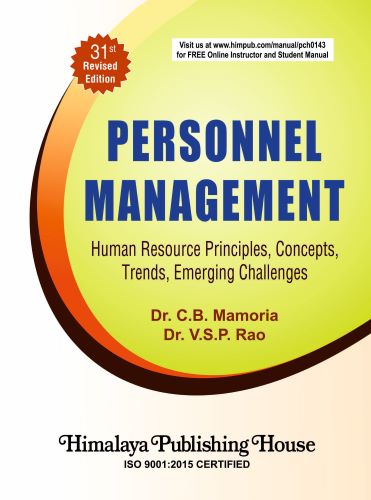Change is inevitable in all fields of our life. There is a famous saying by Picasso ‘Every act of creation is first of all an act of destruction’. Henri Bergson has said that “To exist is to change; To change is to nature; To nature is to go on creating oneself endlessly”. The subject of ‘Change Management’ has been written by many eminent authors. In the present day context, managers are to be fully aware of all the types of changes that are taking place and they also should know how to manage them. Lawrence Hrebrmiak of the Wharton School at the university of Pensilvania mentions the nature of change effort depends on two factors:
– Size of the change problem or content of change such as Large-small; Sequential change-Evolutionary change; Complex change-Managerial intervention and change.
– Time available such as long-short.
In general, change can be taken as large or small depending on the size of the problem and short or long depending on the time available.
The subject on change and change management involves many aspects, idea, decisions and implementation of changes. Change Management involves individual change, personal change, organisation of changes and several models during implementation of change in increasingly demanding times. It involves several systematic frame works and commitment while making tough choices during implementation. The implementing manager should be well versed in understanding the change like nature, forces and types of change, and models to be adopted. He should have organizational vision, strategies to be built up and manage the change properly; deal with individuals, groups, teams and overcome organizational resistance to change. This book deals with some of these aspects in 8 chapters.
| Book Content of Change Management | |
| 1. Introduction to Change Management 2. Change Management 3. Individual Change 4. Personal Change 5. Dealing with Individuals and Groups 6. Organisation Culture 7. Models of Organisational Change 8. Organisation Development |
|







